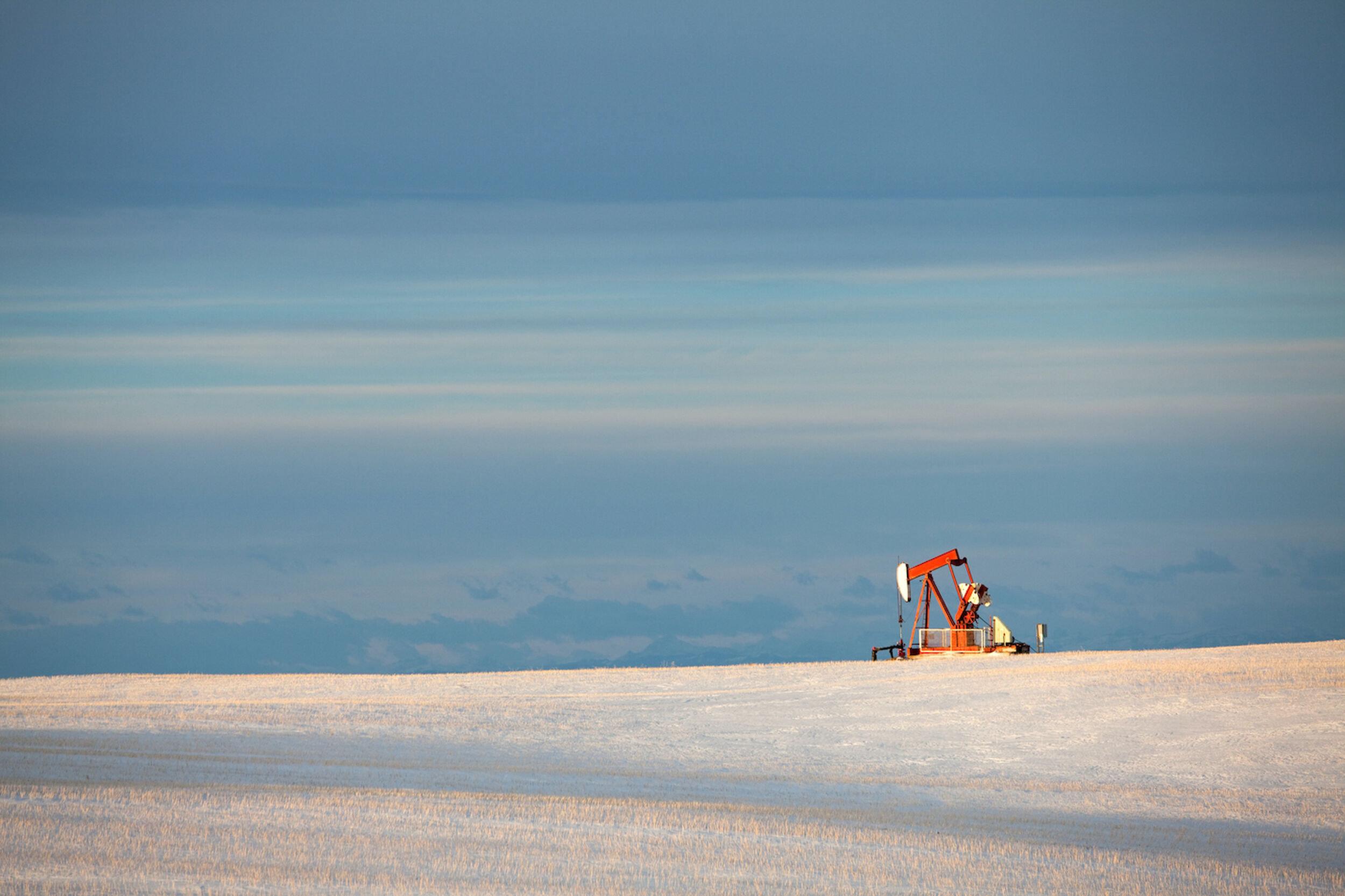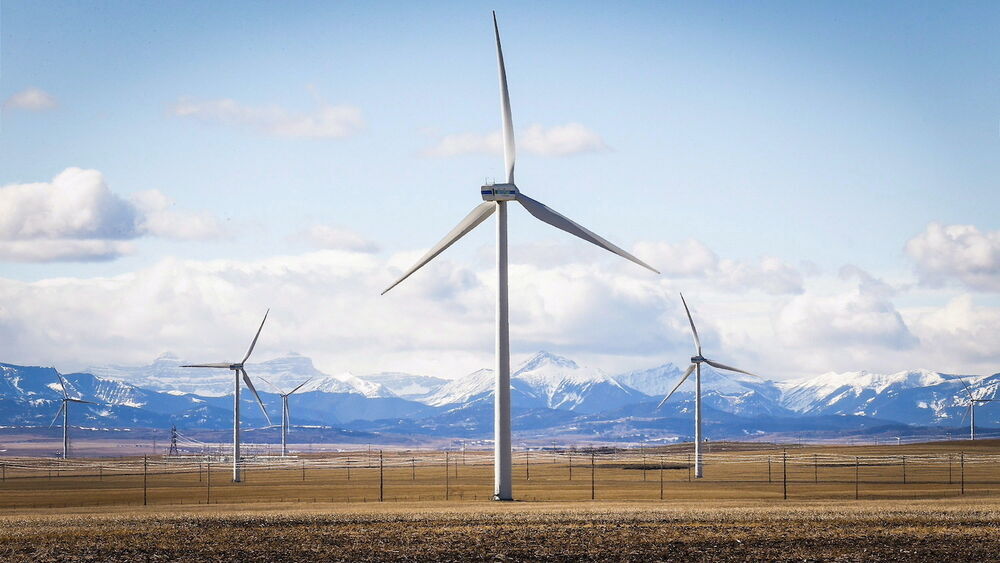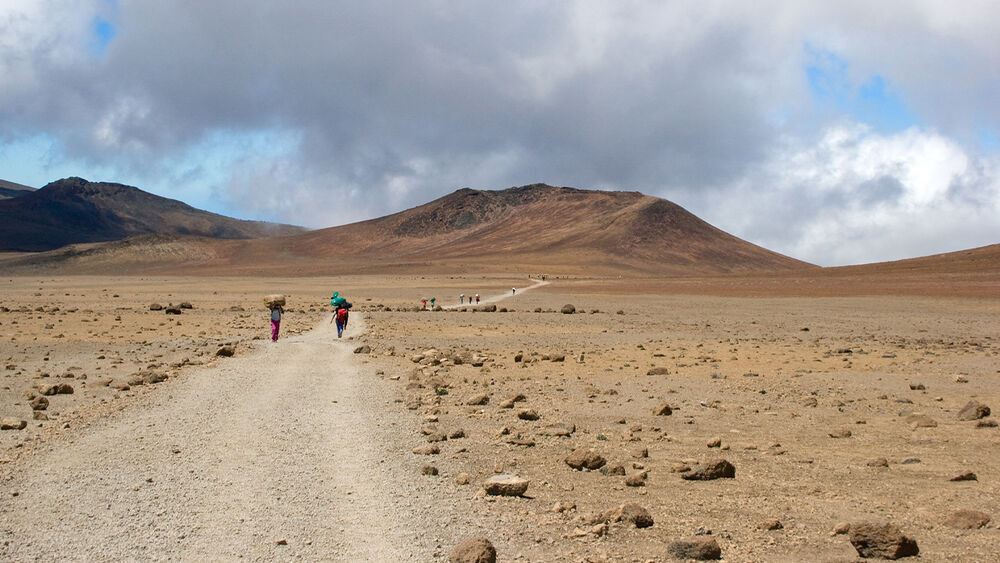
Alberta governments have dragged their feet on significant changes to our most-polluting sector: oil and gas. Photo: iStock/imagineGolf
Taking on climate change in Alberta
Denial will not protect a landlocked province.
Support in-depth Calgary journalism.
Sign Me Up!We connect Calgarians with their city through in-depth, curiosity-driven journalism—but we need your help! We rely on our readers and listeners to fund our work by pitching in a few dollars a month. Join us by becoming a Sprawl member today!
This story is the first part of The Sprawl's Climate Change Series.
Warnings about global warming and the climate crisis have gotten louder in recent years, though they date back decades. Yet even as scientists warn our window for action to avoid the worst consequences is closing fast, and even as more Canadians recognize the issue as serious, it can still seem like an abstract danger.
But with Premier Jason Kenney’s tolerance of climate skepticism, and after a recent speech in the legislature by a UCP MLA casting doubt on the science, the Alberta government seems determined to run out the clock.
If they do, then these dire projections may soon become inevitable realities for current and future generations of Albertans.
With the effects of climate change looming on the horizon, why should a chilly, landlocked place like Alberta care about rising sea levels and warmer weather?
The effects of a warmer Arctic
It might seem counterintuitive, but due to climate change temperatures in colder places are actually rising faster than in warmer places. The Arctic is warming at double the rate of the rest of the planet, and Canada’s northern latitude means our climate is also warming well above the global average.
The number of heatwaves and number of cold spells have increased by two to four times.
Curious about this, Stefan Kienzle, a professor in the department of geography and environment at the University of Lethbridge, began delving into Alberta’s climate data a decade ago.
That research led Kienzle, in collaboration with colleague Christine Clark, to create a major online resource: Alberta Climate Records. The interactive website shows remarkably detailed and localized information about the province’s past climate and future projections.
The data are alarming. Since 1951, winter temperatures in Alberta have risen over 4°C in the south and over 6°C in the north. The number of days below -20°C has fallen by half. Both the number of heatwaves and number of cold spells have increased by two to four times.
Given those changes, the future is especially worrying. A recent study published in the academic journal Proceedings of the National Academy of Sciences predicts that the next 50 years could see a greater global temperature increase than the past 6,000 years combined.
Alberta Climate Records uses three scenarios of future conditions for its projections: cooler/wetter, warmer/drier, and an average of the two.
While there are many variables that will determine what Alberta’s future climate looks like, Kienzle says there are some reasonable predictions that can be made about how unchecked climate change will affect us.
Multi-year droughts are the biggest threat we face in southern Alberta.
There will be an increased risk of both floods and droughts. “The reason why we have to expect that is that we have to face a larger climate variability,” said Kienzle. “The extremes are getting more extreme.”
The risk of flooding, particularly in southern Alberta, received public attention after the 2013 floods. But droughts are part of the same cycle and deserve equal consideration.
“I’m personally disappointed that no one talks about droughts,” said Kienzle. “Multi-year droughts are the biggest threat we face in southern Alberta.”
Kienzle says the reservoir capacity of existing dam infrastructure is sufficient to cover one bad drought year. “The second year, I don’t even want to think about it,” he said.
Climate change will also bring shorter winters and drier springs—perfect conditions for wildfires, which will continue to increase in frequency and intensity.
Wildfires are a natural and essential part of Alberta’s ecology, but events like the 2016 Fort McMurray wildfire cause environmental disruption, threaten homes and infrastructure, and produce debilitating smoke with severe health consequences.
Rainfall will increasingly replace snowfall except at high latitudes. More freeze-thaw days across the province will induce stress on infrastructure. And the complex relationships between plants, animals and the environment mean that there will be consequences we cannot anticipate as that balance suddenly shifts.
More extreme weather events like floods and droughts mean greater risk for farmers.
“Think about every plant and animal that we have in Alberta,” said Kienzle. “They have adapted to current climate conditions. If you change the climate, that changes existing ecosystems... Putting it all together, our ecosystem is at war to sustain itself.”
The boreal forest will creep northwards and be replaced by grasslands as the landscape becomes drier.
A longer growing season isn’t a good thing
While the net impact of climate change on human society is overwhelmingly bad, there are occasionally aspects that might seem misleadingly positive, such as a lengthened growing season.
According to Kienzle’s research, many areas of Alberta have seen the length of their growing season increase by a month or more since 1950. That trend will continue and by 2050 some southern regions of the province may have growing seasons lasting more than 60% of the year.
With a longer and warmer growing season, farmers will be able to produce better yields and even grow new types of crops such as fruit.
But climate change is not all good news for agriculture. Warmer weather could mean the arrival of new types of pests. An increase in the number of days over 30°C would mean additional stress on crops and livestock. And more extreme weather events like floods and droughts mean greater risk for farmers.
Alberta governments have dragged their feet on significant changes to our most-polluting sector: oil and gas.
Gordon Laxer, a political economist and professor emeritus at the University of Alberta, believes agriculture will have to reorient itself in the future away from export-focused.
“I think Alberta should pivot to supplying the local economy more,” he said. “I’d like to see import substitution, and combine that with deep geothermal” to develop year-round greenhouses.
“Environmentally, it’s better to be living off the local habitat.”
What of Alberta’s economy?
The challenges to agriculture are only one of the economic consequences Alberta will face from climate change. The tourism sector is vulnerable to factors like wildfire smoke and a shortened ski season due to less snowfall and warmer winters.
Even as the reality of the climate crisis became clearer and more accepted in recent decades, successive Alberta governments have dragged their feet on significant changes to our most-polluting sector: oil and gas.
The justification has always been an unwillingness to jeopardize the economic viability of the industry.
Of course, ignoring a problem does not solve it, and the fossil fuel industry is likely to be decimated—and if nothing changes, Alberta’s economy along with it.
“We’ve already seen divestment from the tar sands, and companies will be moving away,” said Laxer.
[Alberta] could look like the rust belt in the Midwest United States where you have abandoned factories.
Although fossil fuel extraction will not be impacted by climate change in the same practical sense as agriculture, public opinion regarding the industry will dramatically shift as the effects become more severe around the world.
“Alberta won’t be a ghost province in the same way as ghost towns,” said Laxer. “But it could look like the rust belt in the Midwest United States where you have abandoned factories.”
If shifting away from fossil fuel production towards a future-resilient green economy seems worryingly disruptive today, it will be far more so when it is forced upon us all at once.
The possibility of mass unemployment means great stress on social services, while the provincial government’s heavy reliance on fossil fuel royalties would need to be quickly replaced with new revenue sources such as taxes.
And as experts have long said, despite politicians’ promises, the Alberta Advantage is actually the Alberta Liability, and we trust it at our peril.
Alberta cannot stop climate change on its own, but as the biggest polluter in one of the highest per-capita polluting nations on Earth, it certainly has mechanisms at its disposal.
In the next instalment of this series on Alberta and climate change, I’ll look at some of these solutions and try to answer the question: What would an Alberta Green New Deal look like?
Taylor Lambert is the Alberta politics reporter for The Sprawl.
We want to hear from you! Send letters to the editor to hello@sprawlcalgary.com.
Support in-depth Calgary journalism.
Sign Me Up!We connect Calgarians with their city through in-depth, curiosity-driven journalism—but we need your help! We rely on our readers and listeners to fund our work by pitching in a few dollars a month. Join us by becoming a Sprawl member today!


